Dragon fruit, also known as pitaya or pitahaya, is a tropical cactus plant that produces one of the most exotic-looking and nutrient-rich fruits in the world. Its vibrant pink or yellow skin, spiky appearance, and speckled white or red flesh make it a standout both in gardens and on dining tables. Beyond its beauty, dragon fruit is rich in vitamins, antioxidants, and fiber, making it a rewarding plant to grow at home. Fortunately, this tropical cactus is surprisingly adaptable and can be grown successfully in containers, backyards, or small home gardens with the right care.
This guide provides a step-by-step process for beginners, from understanding the plant to nurturing it into a productive, fruit-bearing cactus.
1. Understanding Dragon Fruit Plants
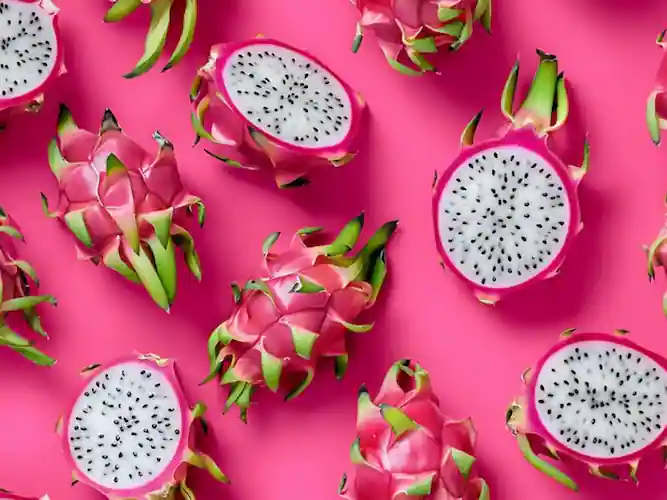
Dragon fruit belongs to the cactus family (Cactaceae) and thrives in warm, tropical, or subtropical climates. Unlike most cacti, dragon fruit prefers more water and partial shade rather than full desert-like conditions. It grows as a climbing cactus with long, fleshy stems that can reach several meters when supported by a trellis.
There are three main types of dragon fruit:
- Hylocereus undatus – White flesh with pink skin (most common).
- Hylocereus costaricensis – Red flesh with pink skin (sweeter, less common).
- Hylocereus megalanthus – White flesh with yellow skin (smaller but very sweet).
Choosing the right variety depends on availability and taste preference, but all follow the same growing requirements.
2. Choosing the Right Location
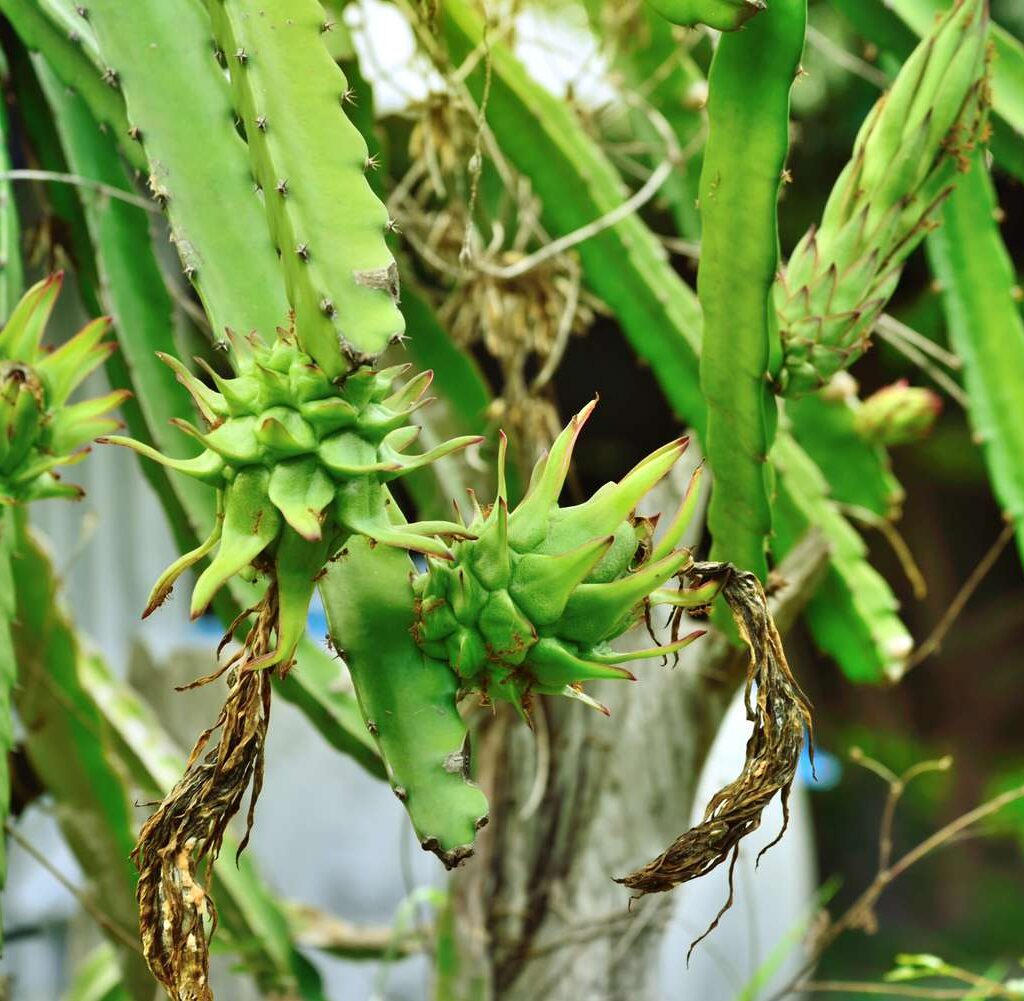
Dragon fruit plants love warmth and sunlight. For best growth:
- Select a sunny spot where the plant gets at least 6–8 hours of sunlight daily.
- If growing indoors, place the plant near a south-facing window or use a grow light.
- Ensure protection from extreme cold, as dragon fruit does not tolerate frost.
In regions with very hot summers, providing partial shade during midday can prevent sunburn on the stems.
3. Soil Requirements
Being a cactus, dragon fruit needs well-draining soil. Stagnant water can cause root rot quickly. The ideal soil conditions are:
- Sandy loam or cactus potting mix enriched with organic matter.
- A slightly acidic to neutral pH (6–7).
- Raised beds or large containers with good drainage holes work best for beginners.
You can create a homemade mix using:
- 2 parts garden soil
- 1 part sand or perlite (for drainage)
- 1 part compost (for nutrients)
4. Growing Dragon Fruit from Seeds vs. Cuttings
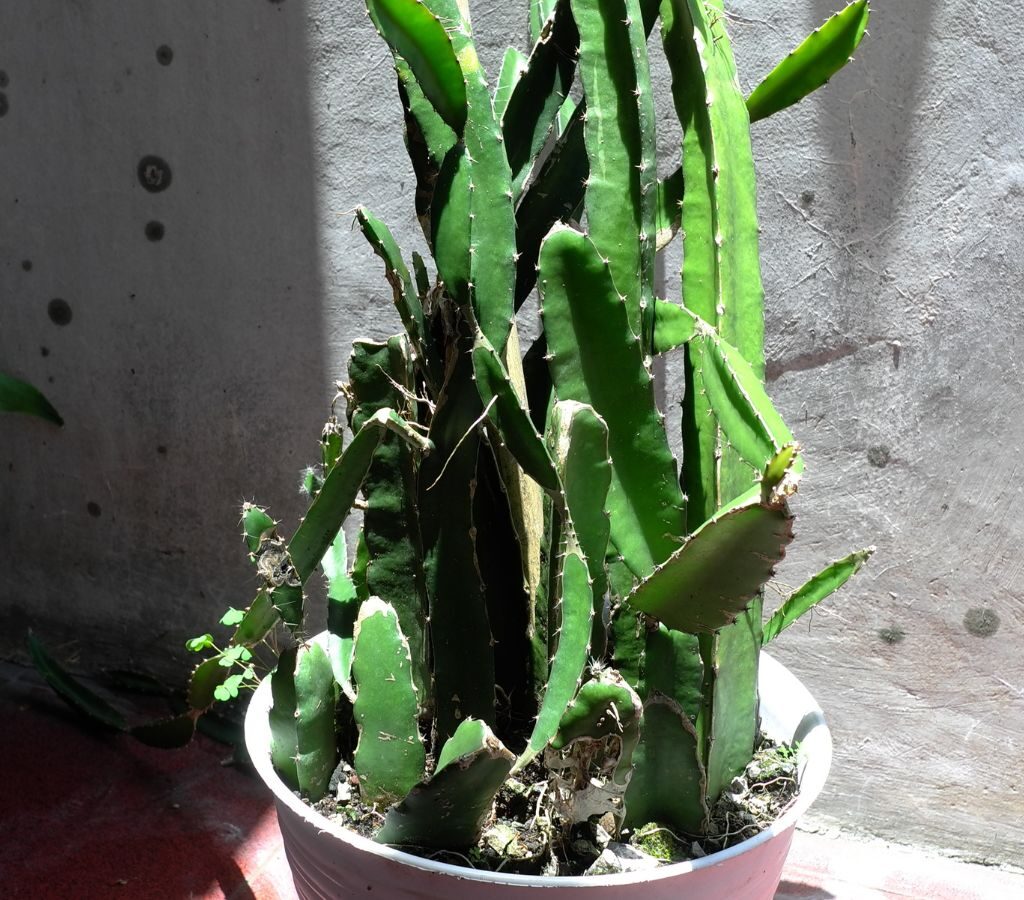
Growing from Seeds
- Scoop seeds from fresh dragon fruit.
- Wash and dry them on tissue paper for 24 hours.
- Sow seeds in a tray with cactus mix, lightly covering them with soil.
- Mist gently to keep the soil moist until germination (2–3 weeks).
Growing from seeds is fun but slow; fruiting may take 5–7 years.
Growing from Cuttings (Recommended)
- Take a healthy stem cutting about 8–12 inches long.
- Let it dry for 5–7 days in a shaded area until the cut end heals (callus formation).
- Plant the cutting 2–3 inches deep in soil.
- Water lightly and keep in indirect sunlight until roots develop (2–3 weeks).
Cuttings grow much faster and usually start producing fruit within 1–2 years.
5. Providing Proper Support
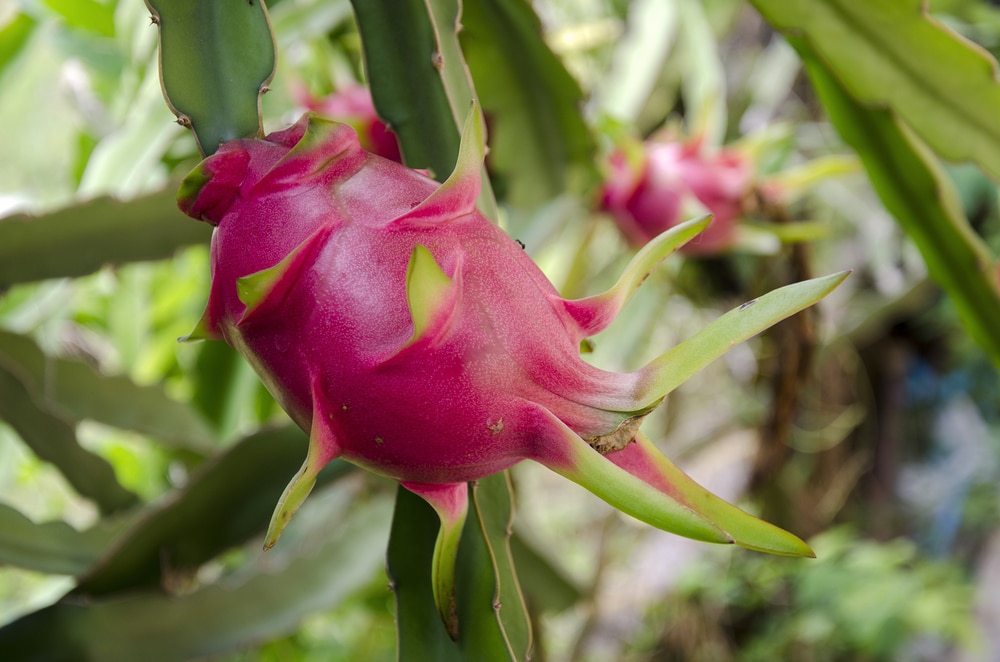
Since dragon fruit is a climbing cactus, it needs a structure to grow on. Without support, stems will sprawl on the ground and rot. The best options include:
- A wooden or concrete post with a crossbar at the top.
- A trellis or strong fence.
- Large containers with a built-in support pole.
As the plant grows, tie the stems gently with soft cloth or garden tape to guide them upward.
6. Watering and Fertilizing

Dragon fruit requires more water than desert cacti but is still sensitive to overwatering.
- Water once or twice a week during the growing season.
- Let the soil dry slightly between watering.
- Reduce watering in winter when growth slows.
For fertilizing:
- Use a balanced fertilizer (10-10-10) every month during the growing season.
- Add compost or organic manure around the base twice a year.
- Once the plant matures, switch to a fertilizer higher in phosphorus and potassium to encourage flowering and fruiting.
7. Flowering and Pollination
Dragon fruit plants typically bloom in summer. Their large, fragrant flowers open at night and last only until morning, earning them the nickname “Queen of the Night.”
- Some varieties are self-pollinating, while others need cross-pollination.
- If you have only one plant, you may need to hand-pollinate using a soft brush to transfer pollen from one flower to another.
- Pollination ensures fruit set, and within 30–50 days, you can expect ripe dragon fruits.
8. Caring for Dragon Fruit Plants
To keep your plant healthy and productive:
- Prune regularly – Remove dead, tangled, or overcrowded stems to improve airflow and sunlight.
- Mulch around the base – Helps retain soil moisture and suppress weeds.
- Protect from pests – Common issues include ants, aphids, mealybugs, and snails. Spray with neem oil or organic insecticides if needed.
- Prevent diseases – Avoid overwatering to prevent fungal root rot and stem rot.
9. Harvesting Dragon Fruit
Dragon fruits are ready to harvest 30–50 days after flowering when:
- The skin turns bright pink or yellow (depending on the variety).
- The wings or leafy scales on the skin begin to dry.
- The fruit feels slightly soft when pressed.
Use a sharp knife to cut the fruit off cleanly, leaving a short stem attached. Handle gently, as dragon fruit bruises easily.
10. Growing Dragon Fruit in Containers
For those with limited space, container gardening works beautifully:
- Choose a 20–30 gallon pot with drainage holes.
- Place a strong stake or trellis inside the pot.
- Keep the container in a warm, sunny spot.
- Repot every 2–3 years as the plant grows.
Container-grown dragon fruit can thrive and produce equally well if given enough care and nutrition.
11. Benefits of Growing Dragon Fruit at Home
- Nutritional benefits – Rich in vitamin C, fiber, iron, and antioxidants.
- Health support – Improves digestion, boosts immunity, and supports heart health.
- Aesthetic appeal – Adds an exotic, tropical look to gardens.
- Cost-effective – Fresh dragon fruits are expensive in markets; growing at home saves money.
- Sustainable gardening – Encourages self-sufficiency and eco-friendly living.
12. Common Mistakes to Avoid
- Overwatering, which causes root rot.
- Growing in heavy clay soil without proper drainage.
- Not providing support for climbing stems.
- Ignoring pollination requirements.
- Planting in areas with frost without protection.
Conclusion
Growing a dragon fruit plant at home is both rewarding and practical. With the right soil, support structure, watering schedule, and care, even beginners can successfully cultivate this exotic cactus. Whether you’re planting in a backyard garden or a large container on your balcony, dragon fruit will reward you with its striking flowers and nutritious, delicious fruits.
By following this beginner’s guide, you can transform your home garden into a tropical oasis and enjoy the satisfaction of harvesting fresh dragon fruits right from your own space.
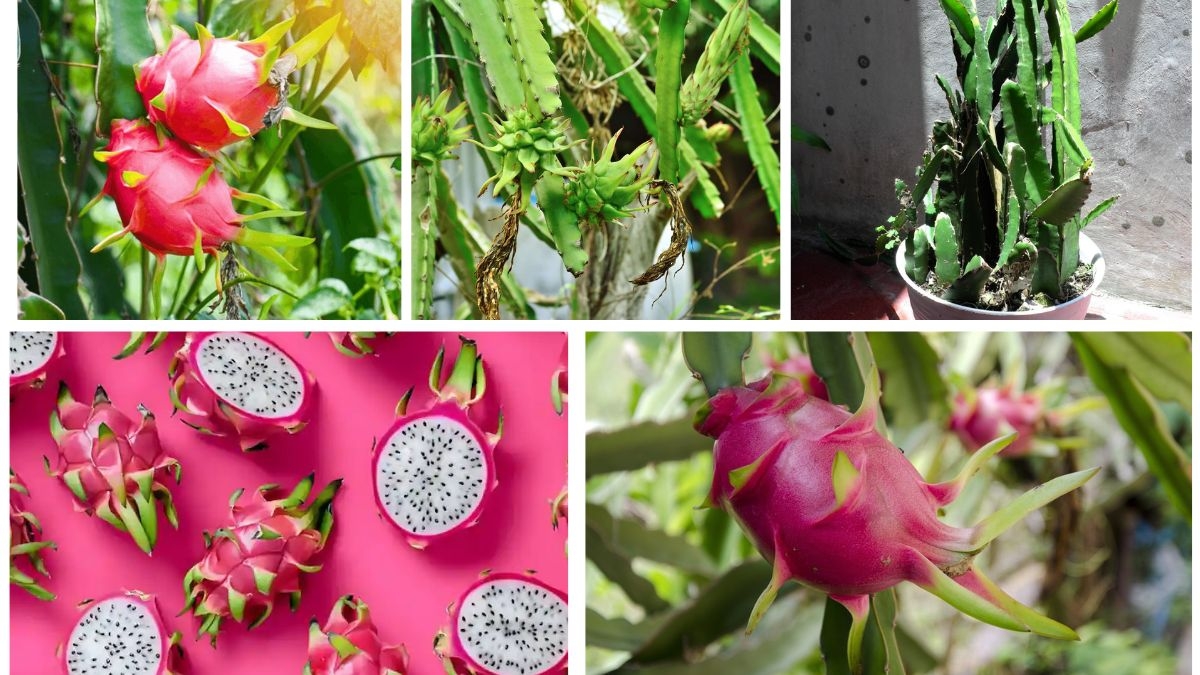





Leave A Comment